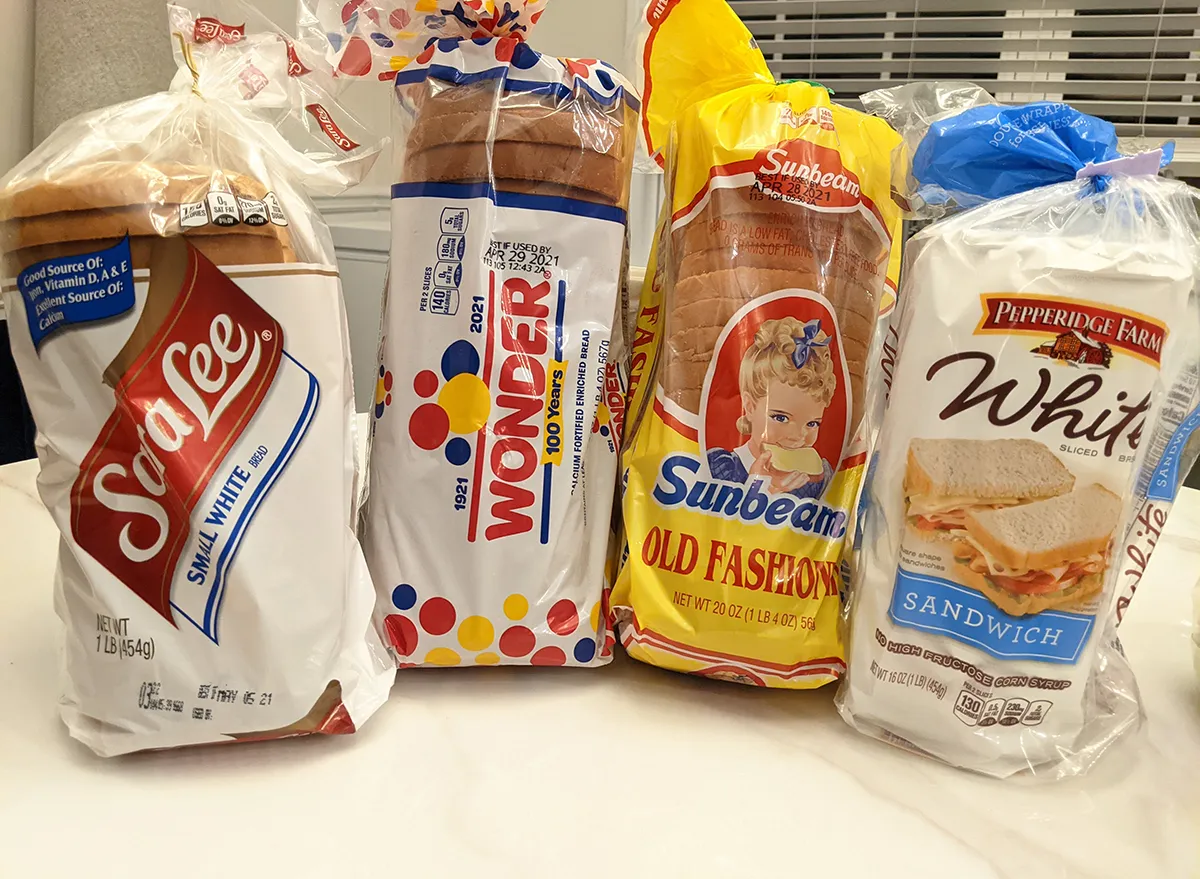The “Staff of Life” Throughout History
Bread, that simple “staff of life,” has gotten a bad reputation in recent years, mainly from those who advocate low-carb or gluten-free diets. However, foregoing bread at meals can be a difficult prospect, as virtually every nation and every culture on the planet has incorporated some type of bread into their foods.
You cannot travel through the world without finding
various forms of bread that accompany or are an intrinsic part of your meal,
and these should be savored as part of the cultural context and delicious part
of your culinary experience. Here are some facts about bread that show how
fundamental it is to our experience as human beings and to our culinary
evolution.
Bread in History
Historians have traced the making of bread to about 14,000 years ago in early human history. What probably started out as a random experiment with naturally growing grain plants became an essential part of the development of human culture. Instead of constantly following migrating herds of animals for their meat, people could establish permanent communities that relied on a different type of food item for survival.
Making bread did not depend on the presence and location of animals. It could be kept for longer periods of time to support survival when hunting was unsuccessful. Humans saw this value and began to plant seeds deliberately for later harvesting, which began the practice of agriculture.
Types of Bread
Each area of the world developed its own type of bread based on the grains that were available and the cooking methods that were most convenient to them. So you can find breads made of wheat, rice, oats, corn, potatoes, barley, millet, and nuts.
But you can also use lesser-known grains
such as einkorn, quinoa, and spelt. You can make bread by baking, frying, or
steaming. You can employ an endless variety of cooking vessels and oven-like
inventions for the making of bread. It truly is one of the most universal,
life-sustaining foods you will find around the world.
Bread in the
Ancient World
In the earliest times, a sort of flatbread was developed, even
long before humans began deliberately farming the plants that provided the
grains for bread making. Evidence from Ancient Egypt and the Middle East,
Turkey, and Iran suggest they all produced some form of this kind of bread.
Ancient bread makers used open flames to cook the mixture of ground grain and
water. Some breads were buried under sand, ash, and embers for baking.
Various types of ovens gradually came into use, and the use of yeast to raise the bread dough was first developed in Ancient Egypt. Baking large quantities of bread for a larger population came into prominence during the Roman Empire.
Ancient Greece developed a “mill” for grinding large quantities of grain into flour used for bread making. During medieval times, bread became an industry, with designated guilds that specialized in making various levels of quality of bread for all strata of the society.
Bread in the New
World
 |
| Navajo fry bread |
The Versatility
of Bread
What Gave Bread
A Bad Name?
 |
| Su-Jit Lin / Eat This, Not That! |
In the past, bread was made with the simplest of ingredients and was made fresh on a daily basis, so it was eaten in a relatively short period of time.
Giving up bread has become a standard requirement for today’s diets, but this can lead to a rebound effect of increased snacking on foods that are even worse for your health. But a bread renaissance has slowly taken place that offers new bread forms and configurations, with healthier ingredients and a wide range of choices for specific dietary needs.
You can
find high-protein breads, gluten-free breads, low-sugar breads, and many other
types that suit your specifications.
Bread can still offer nutritional value, with B vitamins, protein, fiber, iron, and calcium. However, to get the most nutrition from this ancient food staple, and to avoid many of the carbohydrate-related hazards, you should read labels carefully and make thoughtful choices from the many options that are available.
If you choose breads with the fewest number of ingredients, the
least amount of additives and preservatives, and the greatest amount of
nutritional value, they can still be a healthy and versatile addition to your
daily diet.

